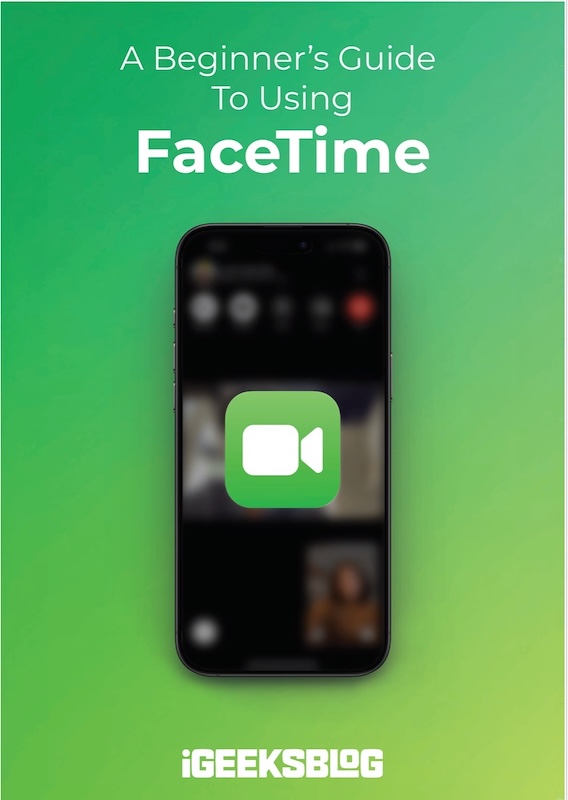
FaceTime Like a Pro
Get our exclusive Ultimate FaceTime Guide 📚 — absolutely FREE when you sign up for our newsletter below.

FaceTime Like a Pro
Get our exclusive Ultimate FaceTime Guide 📚 — absolutely FREE when you sign up for our newsletter below.
Google’s new Preferred Sources feature lets you highlight trusted websites so their stories appear more often in your search results. Here’s how to set it up on mobile and desktop.
Google Search has been under fire recently. Results feel cluttered, filled with spam sites and AI‑generated noise. Many people say search quality isn’t what it used to be. Google seems to have heard those complaints. That’s why it rolled out Preferred Sources, a way for you to pick the sites you trust so their stories appear more often in your results.
Instead of scrolling past links from sites you don’t care about, you can finally highlight the ones you like. The feature works on both mobile (iPhone and Android) and desktop, and your choices sync across devices as long as you’re signed in. Here’s everything you need to know and how to set it up.
Normally, Google decides what to show in the Top Stories section based on relevance, freshness, and authority. You don’t really get a say. Preferred Sources changes that. Once you set it up, you’ll see a new section called From your sources in search results. Articles from your chosen sites appear here, often right below Top Stories. They also get a star icon when they show up elsewhere in results, so you can easily spot them.
This doesn’t mean Google hides everything else. You’ll still see stories from other sites, but your favorites get priority. Right now, the feature is live in the US and India, and more regions will follow later this year.
The process works on the Google app or any browser on iPhone and Android, but you must be signed in.

You can add as many sources as you want. For example, you could add BBC, Reuters, or your favorite tech blog. There’s no limit.
The steps are nearly the same:



Your mobile and desktop preferences stay synced through your account. So don’t have to add preferred sources on each device.
Want to tweak your list? Just go back to Source preferences from your profile or tap the star button again during a news search. Uncheck the sites you no longer want, then reload results. Most users stick to three or four trusted sources, but you can add or remove as many as you like.
Sites you picked show a small square‑star icon next to their name in results. And if you expand the From your sources section, you’ll only see content from them.
Google is also testing a quicker way. When you search for news, you might notice a star button next to the Top Stories section. Tap it, and you’ll get the option to search and add preferred sources right there. After adding, hit Reload results, and your Top Stories update immediately.
This star only shows up on searches that trigger news results. If you don’t see it, try searching for trending topics instead of how‑to queries.
Preferred Sources works best when combined with Search personalization. This uses your activity, location, and past searches to adjust what you see. You can enable or disable this anytime in the same settings. You can even set image feed preferences separately. If you’d rather not share data, you can skip personalization and still use Preferred Sources.
Publishers can also add “Add us to Preferred Sources” buttons on their websites and emails. Clicking them adds the site directly to your list if you’re logged in.
Google search has felt worse for a while. Too many spammy links, too many irrelevant pages. Preferred Sources hands some control back to you. It won’t replace the rest of the web, but it makes sure the voices you actually care about aren’t drowned out.
It’s a small change, but it could make searching feel personal again. Instead of fighting through clutter, you get results that feel closer to your own internet.
Don’t miss these related reads: